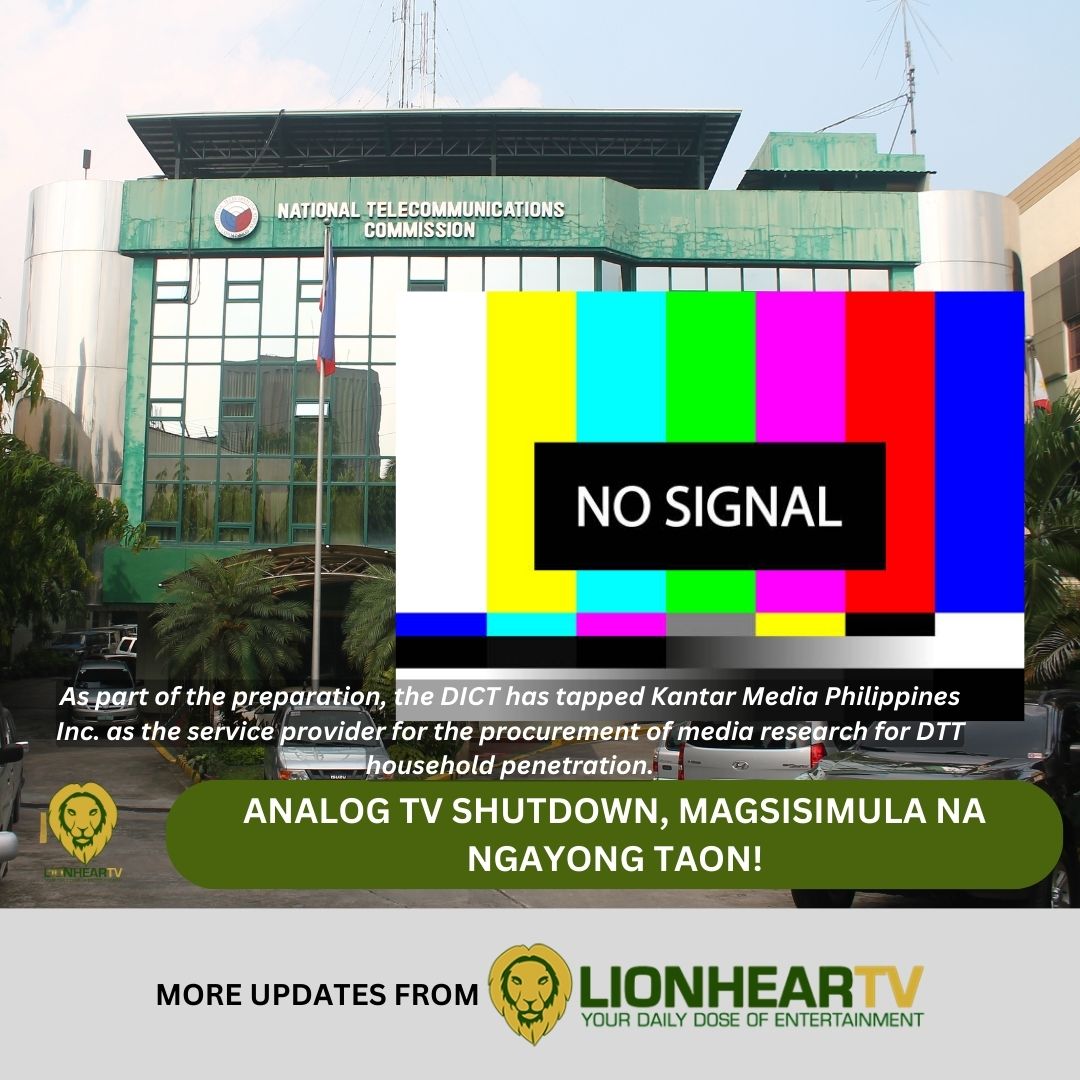The National Telecommunications Commission (NTC) has announced plans to initiate the analog television shutdown in the National Capital Region (NCR) by the end of 2024.
This move marks a significant step in the Philippines’ transition to digital terrestrial television (DTT) as part of a nationwide modernization push.

The NTC, alongside the Department of Information and Communication Technology (DICT), is coordinating efforts with the Kapisanan ng mga Brodkaster ng Pilipinas and other stakeholders to implement the initial phase of the analog switch-off (ASO) in Metro Manila, where digital TV adoption rates are highest.
NTC Deputy Commissioner Alvin Blanco revealed that Mega Manila was selected for the first phase of ASO due to the area’s strong uptake of DTT and cable TV subscriptions. “We are looking at NCR/Mega Manila as the initial phase for the ASO, given the fact that there is already a high degree of takeup of DTT reception and/or cable TV subscription of TV households in the area; which means that there are less TV households in Mega Manila that rely on analog TV reception for their TV service,” Blanco explained.
While the NTC has not specified an exact date, Blanco stated that December 31, 2024, is being considered as the starting point for the shutdown process, which could extend into early 2025 to allow for a full transition.
To ensure readiness, DICT has partnered with Kantar Media Philippines Inc. to survey digital TV penetration levels across NCR. The six-week study, costing P680,000, will provide key data for finalizing the ASO rollout plan.
This development follows the DICT’s Digital Terrestrial Television Broadcasting (DTTB) migration framework, established in 2017, which aimed to achieve ASO within six years. Under this plan, ASO can only be implemented once digital TV reaches 95% penetration in target areas, ensuring minimal disruption for households.
The analog shutdown will require upgrades to broadcasting networks and viewing equipment, including digital converter boxes or integrated digital-ready TV sets.
The Philippines has chosen Japan’s Integrated Services Digital Broadcasting-Terrestrial (ISDB-T) as its digital standard, which promises enhanced broadcast quality and expanded services, ensuring a more robust viewing experience for Filipinos as the nation moves into the digital era.


